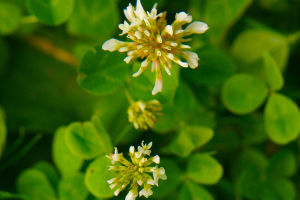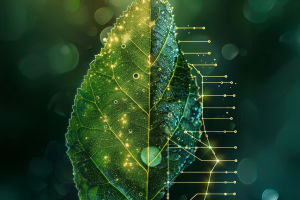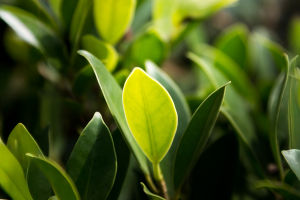Hey Lykkers! You see them everywhere—on trees, herbs, vines, or even your houseplants—but leaves are more than just green decorations.
They're tiny, hardworking powerhouses that turn sunlight into food, help plants breathe, and even protect them from drying out. And when you dive deeper into their structure, you'll find an entire world of design and purpose.
In this guide, we'll explore leaf morphology—what makes up a leaf and why every part matters. From the tiny pores that “breathe” to the cells that do all the heavy lifting, every leaf holds surprises. So let's open one up (figuratively!) and see what lies beneath the surface.
Part 1: What's Inside a Leaf
Before you even get to shapes and styles, let's peek into the inside of a typical leaf. It's more organized than you might expect.
Veins: The Support and Supply Lines
When you hold a leaf to the light, you'll notice tiny lines running through it. These are the veins—sort of like mini transport routes for water and nutrients. The thicker middle line is called the midrib, and it supports the leaf like a backbone. From there, smaller veins branch out, making sure every cell gets its share of resources.
Depending on the plant, veins might form a net-like pattern (as in most flowering plants) or run in straight lines (like in grasses). Once you start spotting these patterns, you'll appreciate how nature's design is both beautiful and practical.
Stomata and Epidermis: Breathing and Protection
Now flip your imaginary leaf over and think about how it breathes. Tiny pores on the surface, called stomata, open and close to let air and water vapor in and out. These tiny gateways are controlled by guard cells that open and close depending on the plant's needs.
Surrounding all of this is the epidermis—the outermost layer that acts like a shield. It's usually waxy, helping reduce water loss while still allowing light through. Some leaves even have little hairs for extra protection or to trap moisture. All this works together to keep the leaf hydrated, safe, and functional.
Mesophyll: Where the Magic Happens
Right in the middle of the leaf lies the mesophyll, a spongy layer packed with chloroplasts—the green parts responsible for capturing sunlight. You can think of the mesophyll as the main engine room of the leaf, where photosynthesis actually happens. This layer also contains spaces that help air flow between cells, giving everything inside the oxygen it needs to work efficiently.
Part 2: Leaf Shapes and Designs
Now that you know what's inside, let's talk about the outside. Leaf shapes aren't just for looks—they help plants adapt to their environment in creative ways.
Simple vs. Compound Leaves
First, you'll want to understand the difference between simple and compound leaves. A simple leaf has one single blade attached to the stem—think of an oak or maple. You can easily identify it by checking whether there's one large surface or several smaller “leaflets.”
Compound leaves break that blade into separate leaflets. You might see them on plants like ferns or peanuts. The neat trick here is that each leaflet isn't an individual leaf, even if it looks like one. All the leaflets together form one full leaf, and they all connect to a single point or stem.
Next time you're out for a walk, pick a leaf and trace it back. If there's one clean attachment to the main stem, it's simple. If several parts are grouped together, you've likely found a compound one.
Shapes and Margins: Nature's Personal Touch
Leaves come in endless shapes—oval, heart-shaped, needle-like, lobed, and more. Their edges (called margins) can be smooth, serrated, or even wavy. You can use these features to identify different species or even guess a plant's native climate. For example, thinner leaves with smooth edges usually mean the plant needs to conserve water, while jagged or broader leaves might suggest it lives in wetter environments.
Once you tune into these tiny details, you start to see how plants express themselves. It's like decoding a natural language—and every leaf has a story to tell.
So there you have it, Lykkers—a look inside and outside the humble leaf. From veins and stomata to mesophyll and shape, each feature plays a part in the plant's survival and success. Next time you admire a tree's canopy or care for your potted fern, take a closer look at the leaves. They're working constantly, adapting beautifully, and revealing nature's clever craftsmanship in every green fold.


